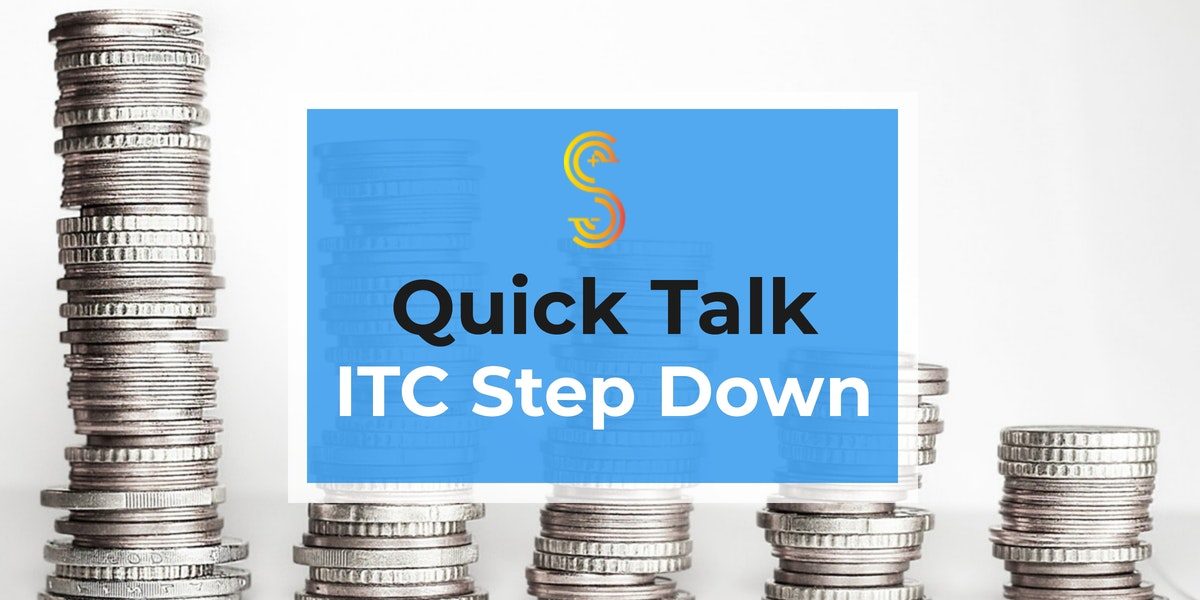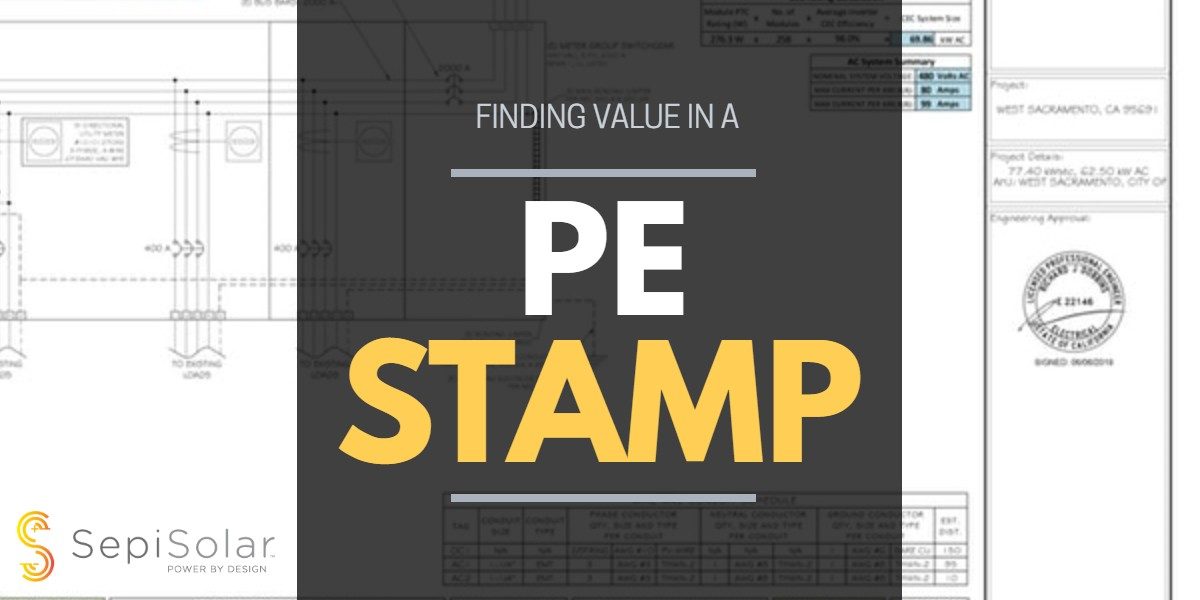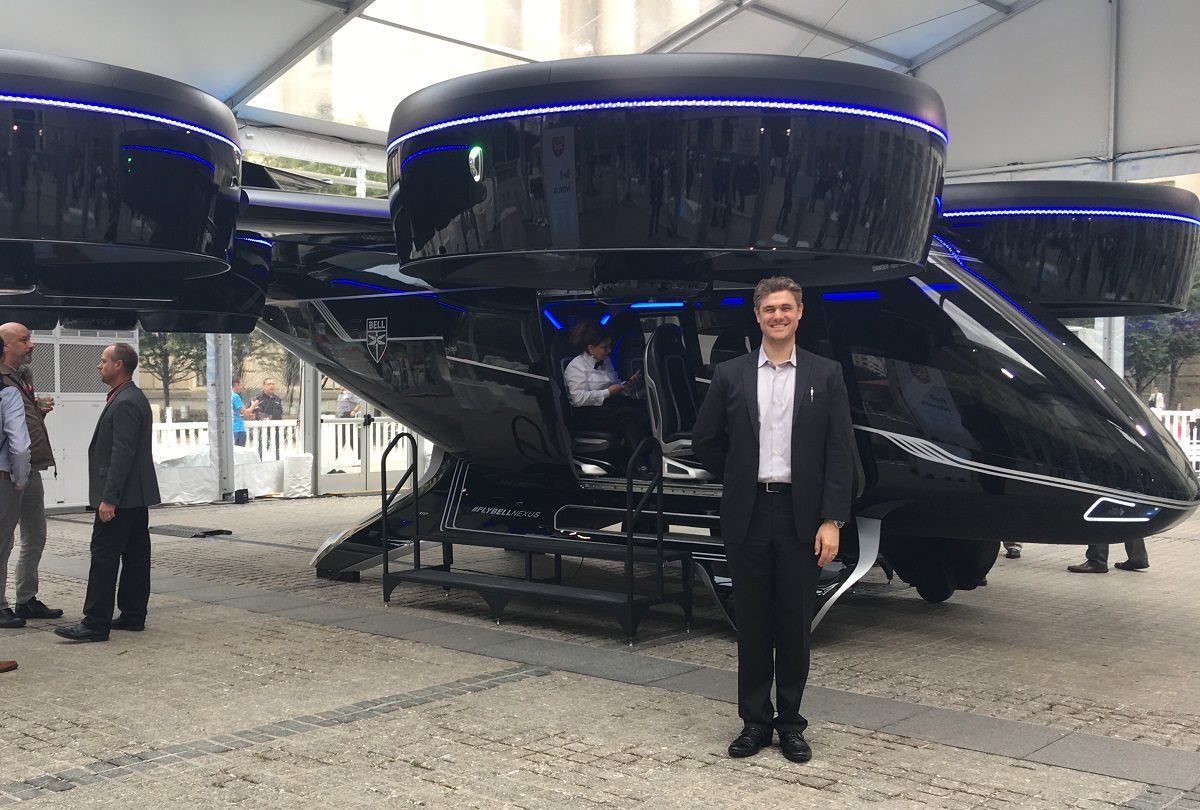This post was written by Josh Weiner, Solar Expert Witness & Solar Engineering Expert. Mr. Weiner has been at the forefront of the solar industry for over 20 years and is an industry leader on solar-plus-storage engineering & design. Josh’s expertise spans both in-front of and behind-the-meter initiatives including residential, commercial, utility, grid-scale, and ev charging solar and storage applications.
What You Need to Know About Solar Permitting Services and Costs
Even though solar installation costs have dropped in recent years, solar permitting services have gotten more expensive. Permitting can add thousands to the cost of an average solar project. Faster permits can lower your costs, allowing you to deliver greater customer value.
In this post, we’ll talk about industry efforts to reduce permitting costs and speed up approvals. How much does permitting add to the cost of your projects? Who’s trying to bring down costs and how are they doing it? How far are we from getting the problem under control? We’ll answer these questions to give you an idea how much permitting will cost you, now and in the future.
Industry efforts
The Solar Automated Permit Processing Campaign (SolarAPP) is an effort by several solar industry organizations to reduce permitting and interconnection costs. Currently, these costs are higher in the US than in any other country with a mature solar market—often significantly higher. The SolarAPP campaign estimates that the direct and indirect costs of permitting, interconnection, and inspection add up to $1 per watt to the cost of a solar installation. Its goal is to reduce these costs significantly, while maintaining the safety and reliability standards that the processes are meant to ensure.
How states are trying to help
Some states, such as California, have capped permit costs for solar installations. The state recently lowered the cap on residential installations from $500 to $450, but kept the cap for commercial installations the same. The cap for commercial installations includes a sliding scale that allows it to exceed its $1,000 base for larger solar installations. California’s stated aim with the bill is to reduce the cost of solar permitting services, but it still gives localities the flexibility to adjust fees when necessary.
As solar costs continue to drop, the number of installations grows. Lawmakers are hoping that lower installation costs will help increase the growth of solar. And if they’re successful, we can expect to see more states take similar steps to lower their costs.
Obstacles to improvement
Caps on permitting fees are helpful. But costs are still higher than they should be, which is why campaigns such as SolarAPP are so important. Because permitting is done at the local level, large numbers of localities need to be on board to succeed in lowering costs. States can take steps like California. But without local support, these efforts may lack the necessary support to succeed. Or if they’re approved, they may still fail to bring down costs to the extent necessary.
Cost of solar permitting services
One of the major indirect cost increases associated with solar permitting and inspections comes from the loss of business resulting from delays. SolarAPP estimates that every week of delay increases cancellations by an additional 5–10 percent. This means that contractors aren’t just losing time that could be spent on the job. You’re losing entire jobs at an excessive rate.
It’s important to get through the permitting process as quickly as possible. Organizations such as SolarAPP are working to reduce permitting time across the board. Minimize permitting delays by ensuring you have all the requirements in place before submitting your applications. Keep customers in the loop and work with them to ensure that all the requirements are met. This can help reduce delays and cancellations.
Dealing with local regulations
California’s solar permitting guidebook describes the types of problems you might run into while applying for permits. For commercial installers, the biggest problem is localities’ power to decide where large commercial energy facilities can be installed. You’ll need to check with the locality’s planning and zoning commission if you’re dealing with a large project.
Also consider state laws, such as the California Solar Rights Act, which restrict building department review to public health and safety issues. This significantly limits zoning and planning authority on permit processing.
However, this doesn’t stop local municipalities from regularly violating the state statute. Knowing when to comply and when to challenge is a delicate, experience-driven decision that solar professionals sometimes need to make.
Once you’ve addressed zoning considerations, check load characteristics if you’re designing a commercial rooftop project. Also watch out for electrical equipment that is not up to code. This should never be a problem as long as you’re using high-quality materials. However, having all your documentation ready to go when you apply for permits will still help speed up the process.
Experience matters
Ultimately, what matters most in cutting through red tape quickly is simply knowing what to expect. Experience is key. There are so many localities and so many rules that it’s good to always be ready for some new roadblock.
“It’s really trial and error,” SepiSolar CEO Josh Weiner told Solar Builder in a 2018 article that hasn’t lost relevance with time.
Planning is important. It can be a good idea to call up the AHJ before submitting a permit package. Ask tactful questions and use the responses to inform how you proceed. But don’t count on consistency and predictability, or even necessarily accountability.
If you want to contest a parking ticket, you can go to court and appeal to a commissioner or a judge. In some legal matters, you can get a final decision from a jury of your peers.
Not so in solar permitting. Success sometimes has less to do with what’s fair and just, but rather what course of action will get your project approved.
Federal legislation
The American Energy Opportunity Act is federal legislation that builds on the SolarAPP initiative by helping local governments simplify, standardize, and automate their clean-energy permitting processes. This is a huge benefit to contractors. You will get a clearer idea of what to expect when seeking permits. Those expectations will be more uniform across localities. The bill also supports instant permitting. It will reduce direct and indirect costs of permitting, inspection, and interconnection.
SolarApp plans this year to introduce a beta version of its simplified online solar permitting Web portal. The portal will allow for online payments, encourage flat fees, and enable instant permitting. It will include support for both residential and commercial PV and storage. The timeline includes a goal of June 2021 for the full version of the portal to be live.
Even with instant permits, things won’t always go smoothly. When San Jose, California introduced instant permits, it ended up creating a whole new set of problems, as Weiner explained in the Solar Builder article.
Installers in the field got ripped apart by the inspectors. Since no plans were required for a permit, this puts all the pressure on installers to get it right the first time. If the installers screwed up or did something the city didn’t like, they’d have to rip off the roof and re-install.
The lack of uniform, straightforward permitting standards and procedures in solar underscores the importance of working with experienced, knowledgeable design professionals.
Find out more about streamlined solar permitting services. SepiSolar has a top-rated design and engineering team that can help save you time and money on every installation. Contact us today to find out how we can help.












